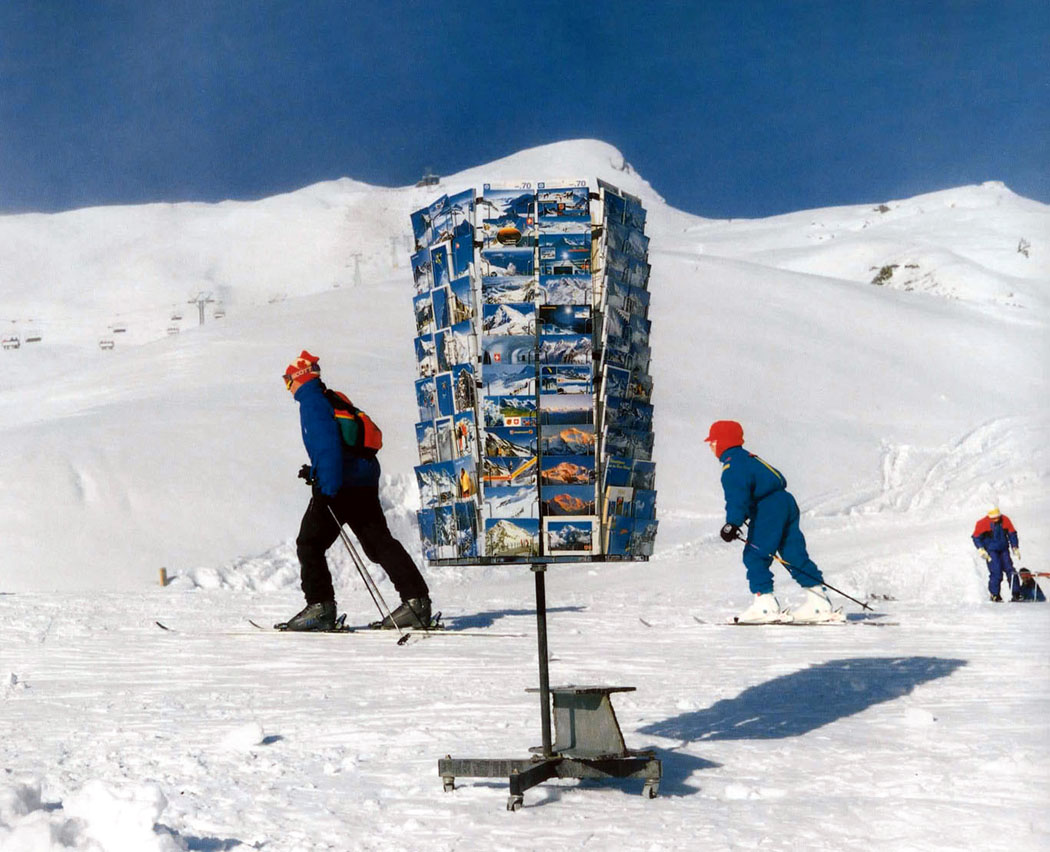
Staff at the Mechanics Institute, Toronto, 1895, from Toronto Reference Library Archives
Unless you’ve been living under a rock, you’re probably aware that the internet’s been ablaze with binder references since Mitt Romney’s infamous gaffe during the 2nd presidential debate just over a week ago. Not only have the inevitable Tumblr and Twitter accounts blown up with remarkable speed and fury, Amazon saw an explosion of satirical binder reviews submitted in the debate’s wake, raising this form of crowdsourced art to a whole new level of political engagement.
Here in Toronto, we were surprised and not just a bit delighted to see the Toronto Reference Library jump into the game with their timely blog post, “Binders full of women: Etchings at the Toronto Reference Library“. Featuring an extensive engravings collection of 18th and 19th century actors, dancers, and japanese kabuki prints, as well as hundreds of thousands of historical fashion, graphic design, and advertising images organized by decade, we’d argue that the TRL’s binders inspire a bit more confidence than Romney’s — and at the very least are probably quite a bit thicker.








